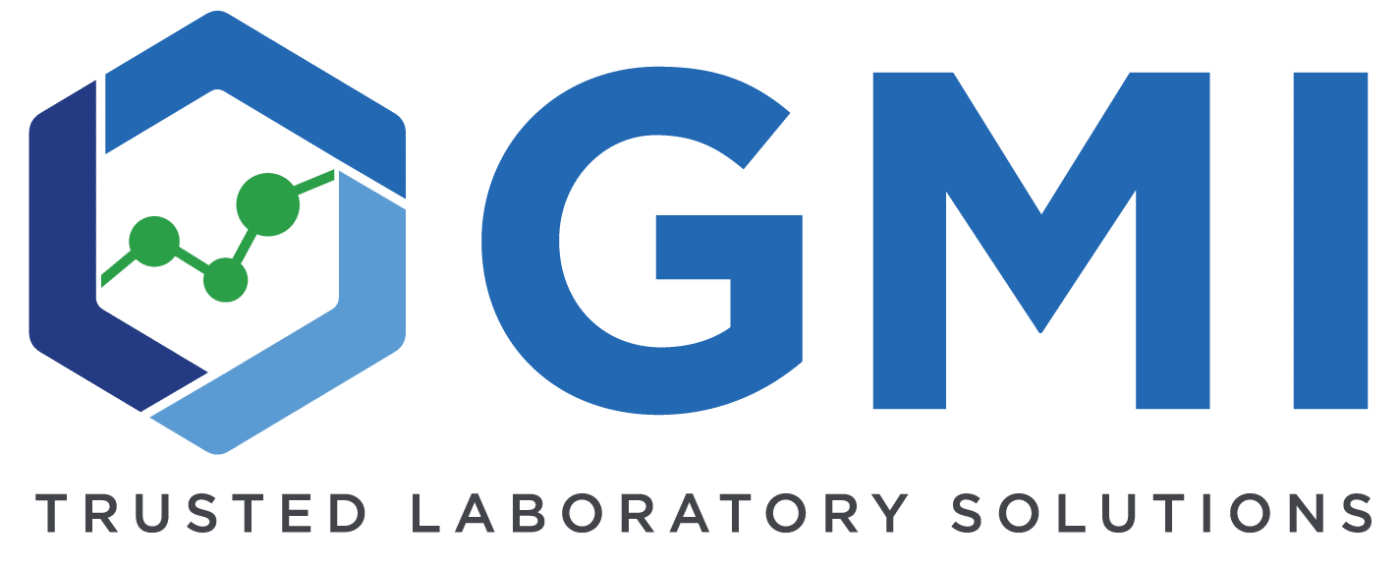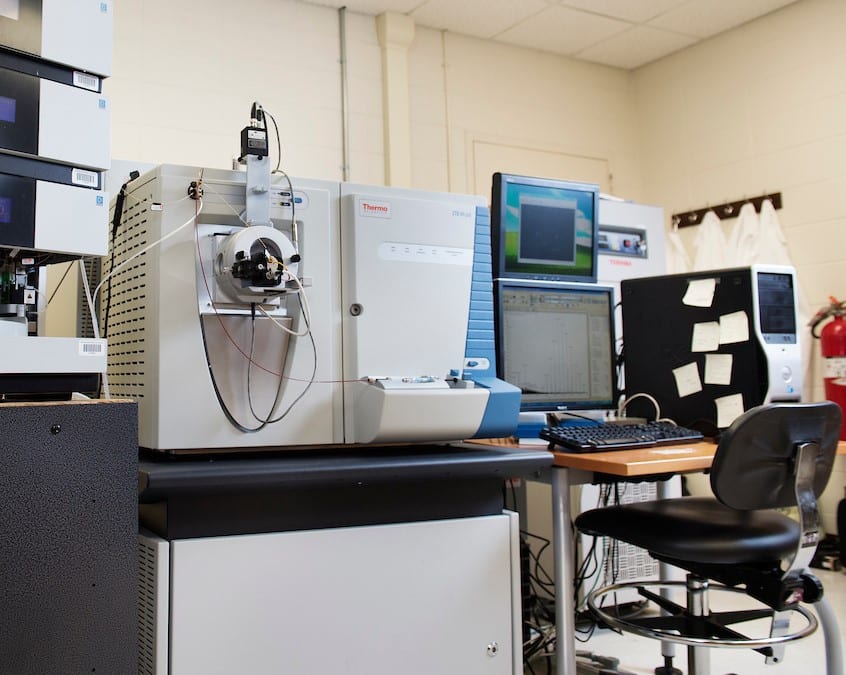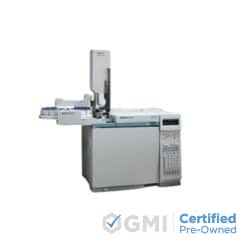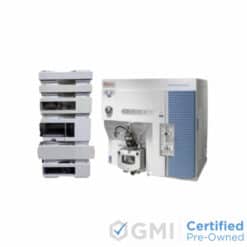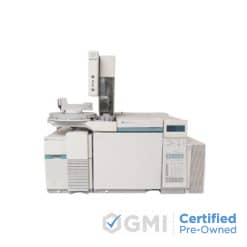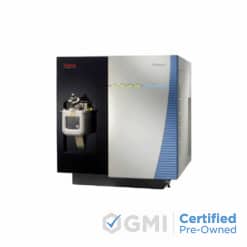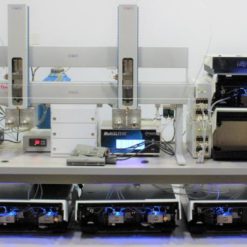Certified Pre-Owned, Mass Spectrometry
Unveiling the Diversity of Mass Spectrometry: Exploring Applications Across Various Techniques
Introduction
Mass spectrometry (MS) stands as a cornerstone in modern analytical chemistry, enabling scientists to delve into the intricate composition of molecules with unparalleled precision. Its applications span various fields, including pharmaceuticals, environmental science, forensics, and beyond. In this article, we’ll explore different types of mass spectrometry techniques and their diverse applications.
Schedule a free consultation to learn more- Electrospray Ionization Mass Spectrometry (ESI-MS):
- ESI-MS involves ionizing molecules in solution, typically using an electric field before they are introduced into the mass spectrometer. It’s widely employed in proteomics, lipidomics, and metabolomics, allowing for the analysis of complex biological samples. Researchers utilize ESI-MS to unravel the structures and functions of biomolecules, aiding in understanding various biological processes and disease mechanisms.
- Matrix-Assisted Laser Desorption/Ionization Mass Spectrometry (MALDI-MS):
- MALDI-MS utilizes a laser to ionize molecules embedded in a matrix material. This technique extensively analyzes large biomolecules such as proteins, peptides, and nucleic acids. Its applications range from clinical diagnostics to drug discovery, enabling researchers to identify disease-associated biomarkers and characterize potential therapeutic targets.
- Gas Chromatography Mass Spectrometry (GC-MS):
- GC-MS combines gas chromatography with mass spectrometry, making it a powerful tool for separating and identifying volatile and semi-volatile compounds. It finds widespread use in environmental analysis, food safety, and forensic toxicology. By analyzing complex mixtures of compounds, GC-MS aids in detecting pollutants, ensuring food quality, and identifying illicit substances in forensic investigations.
- Liquid Chromatography Mass Spectrometry (LC-MS):
- LC-MS integrates liquid chromatography with mass spectrometry, facilitating the analysis of a broad range of compounds, including small molecules, peptides, and proteins. Its versatility makes it indispensable in drug metabolism studies, pharmacokinetics, and environmental monitoring. LC-MS enables researchers to quantify analytes with high sensitivity and selectivity, contributing to advancements in drug development and environmental risk assessment.
- Time-of-Flight Mass Spectrometry (TOF-MS):
- TOF-MS measures the time ions travel a known distance, allowing for the determination of their mass-to-charge ratio. This technique is utilized in proteomics, metabolomics, and environmental analysis due to its high resolution and rapid data acquisition capabilities. TOF-MS facilitates the identification of unknown compounds and the elucidation of metabolic pathways, fostering insights into biological systems and environmental processes.
Conclusion
Mass spectrometry encompasses a diverse array of techniques, each with its unique principles and applications. From unraveling the complexities of biological systems to addressing environmental challenges and ensuring public safety, mass spectrometry plays a pivotal role in scientific research and technological innovation. As advancements in instrumentation and methodologies persist, the potential of mass spectrometry to drive discovery and progress across various disciplines remains boundless.
